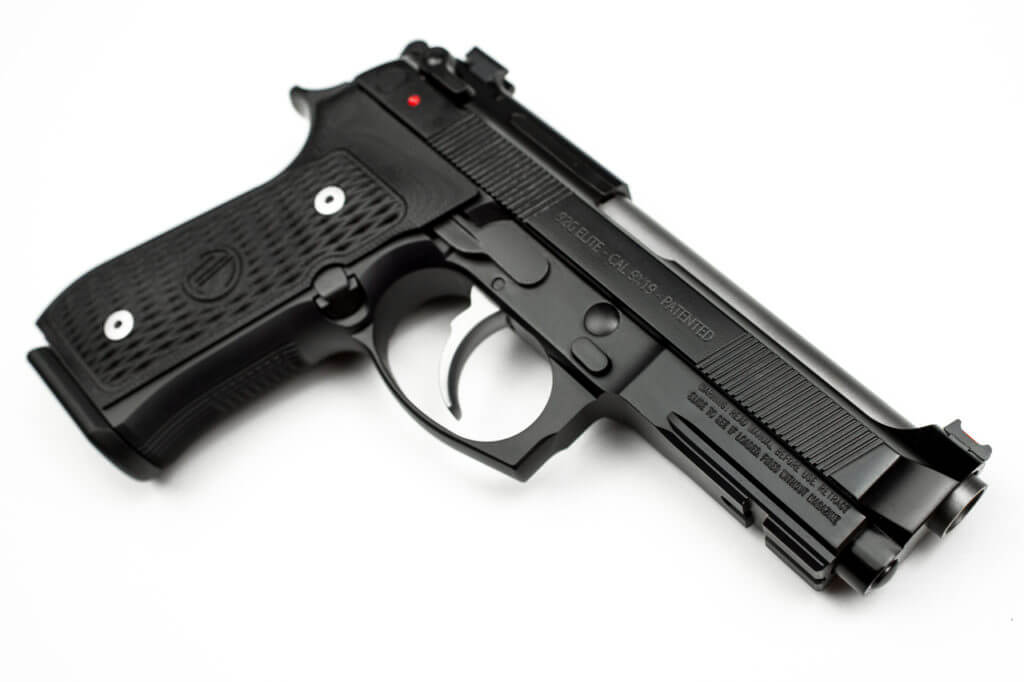
Selecting a handgun should be easy. We are truly in a golden age of handgun development with many well-made reliable choices. That is the problem for some shooters, the vast array of choices can seem daunting. Once you apply some common sense, you can get a model that fits your hands and your needs.
There is an old story about a Texas Ranger. He was attending a social event with his family, wearing his issue sidearm. A woman approached the Ranger and said “I see you are wearing a pistol, are you expecting trouble?” The Ranger replied politely, “Why no ma’am, if I was expecting trouble, I would have brought my rifle”.
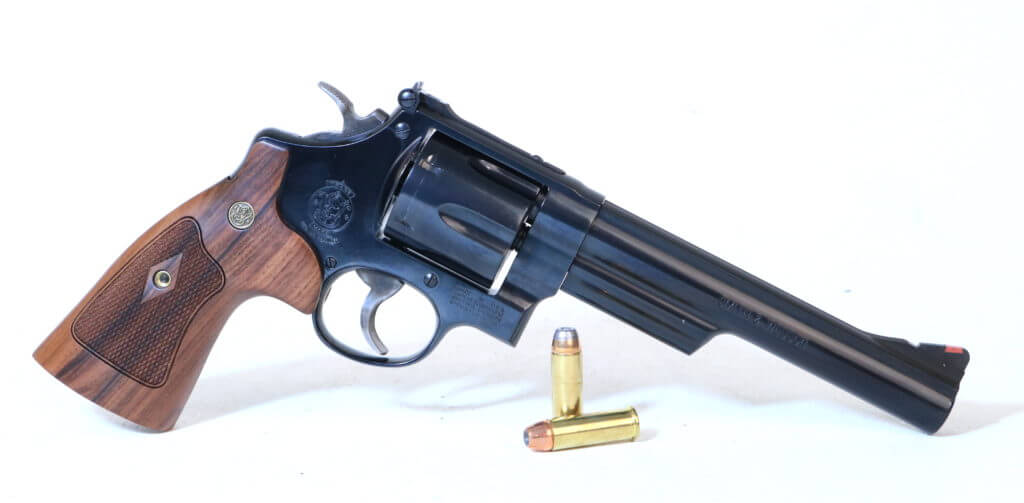
Pistols aren’t what you bring to a fight, they are what you have when you don’t expect a fight. They are designed to keep you alive long enough to get to a rifle. They make it easier to “have a gun”.
Given that the pistol is not a primary weapon, how much pistol is enough? One school of thought is that a .22 (.25 or .380 or .32) will be fine because you will be at close range and you can “shove it under his chin and empty the magazine”. The small pistol you carry is infinitely better than the large frame .44 at home. More than once, I have heard the argument that the .22 is used by assassins and poachers (I am not sure where this common knowledge comes from) and has killed many people.
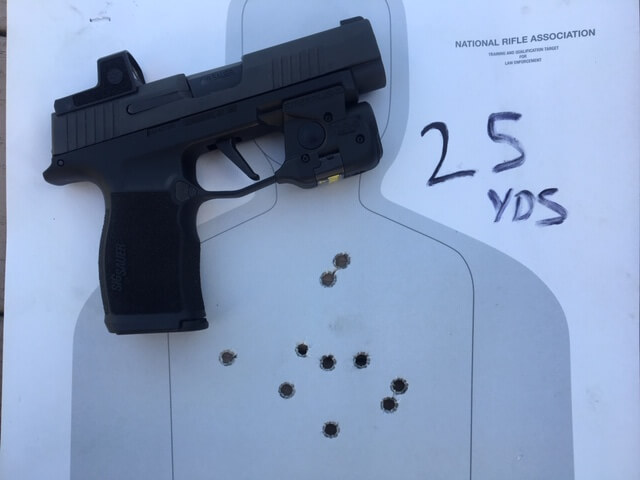
My response: For uncounted millennia far back into pre-history, the sharp stick was the dominant weapon on the battlefield. Arguably it is highly effective and has killed countless millions of humans and game animals. Some claim these sticks powered the Holocene extinction that killed off the megafauna at the end of the last glacial period. In spite of this, I choose to carry a more efficient tool that harnesses chemical energy. A lot of chemical energy.
Another point of view emphasizes shot placement and accuracy. These guys say that handgun rounds won’t reliably stop a threat unless you shoot repeatedly with a large-caliber and get good hits. They advocate full-size guns with calibers beginning in four. There is an old saying among hunting guides; “Don’t hunt something unless you have enough gun to kill it.”
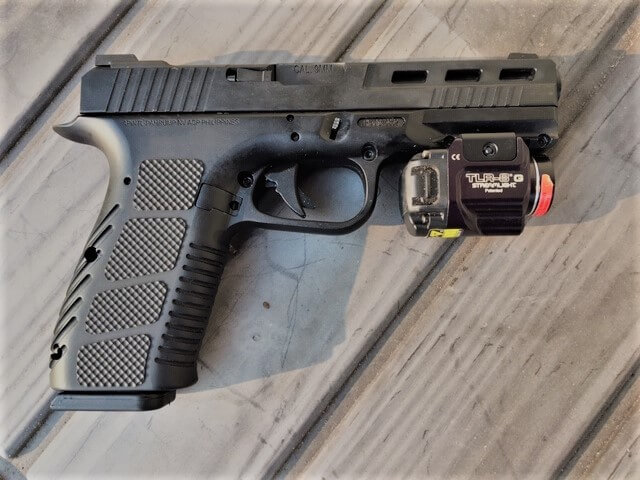
The most important quality a handgun must have is portability. If you will not carry it with you (for most of us, that means concealed) you may as well bring a rifle. This makes small handguns valuable.
I have heard a thousand variations of this- “The Secret Service carries the Sig 229 in .357 Sig. They protect the President, so that must be the best gun out there. I want to carry a 229 in .357 Sig”
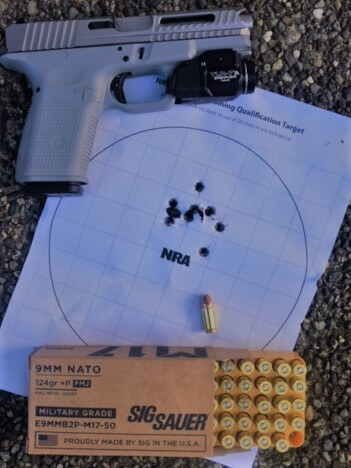
Some people want a gun because the SEALs use it or they heard that Special Forces has it or the police carry it. These may be good indicators of quality but your requirements are not the same as theirs and you may find that what works for them is merely an over-priced range toy for you.
To me, this sounds just like “Michael Jordan was the best basketball player in history. He wore size 14 Air Jordans. I want to wear size 14 Air Jordans.” If the gun doesn’t fit, just don’t get it.
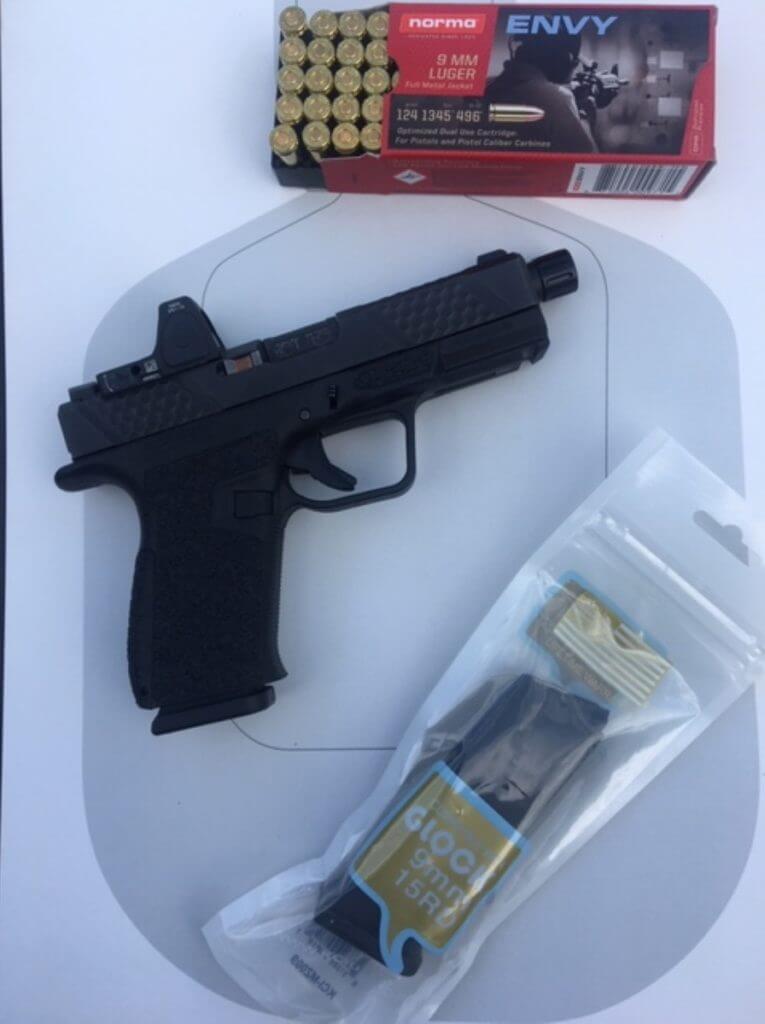
The gun must fit the shooter. If your hands are large or small, fingers are long or short, the gun must fit your hands. Imagine an Olympic runner with the finest, most technologically advanced shoes on Earth. Now imagine one of the shoes is several sizes too small and the other too big. The runner’s potential speed would go unrealized because of poor equipment fit.
A gun that fits the shooter will be faster into action, inspire a better mindset in the shooter, and be more efficiently operated. All of these are key advantages in a fight. The practical accuracy of a handgun depends much more on the fit to the individual user than on the gun’s potential mechanical accuracy.
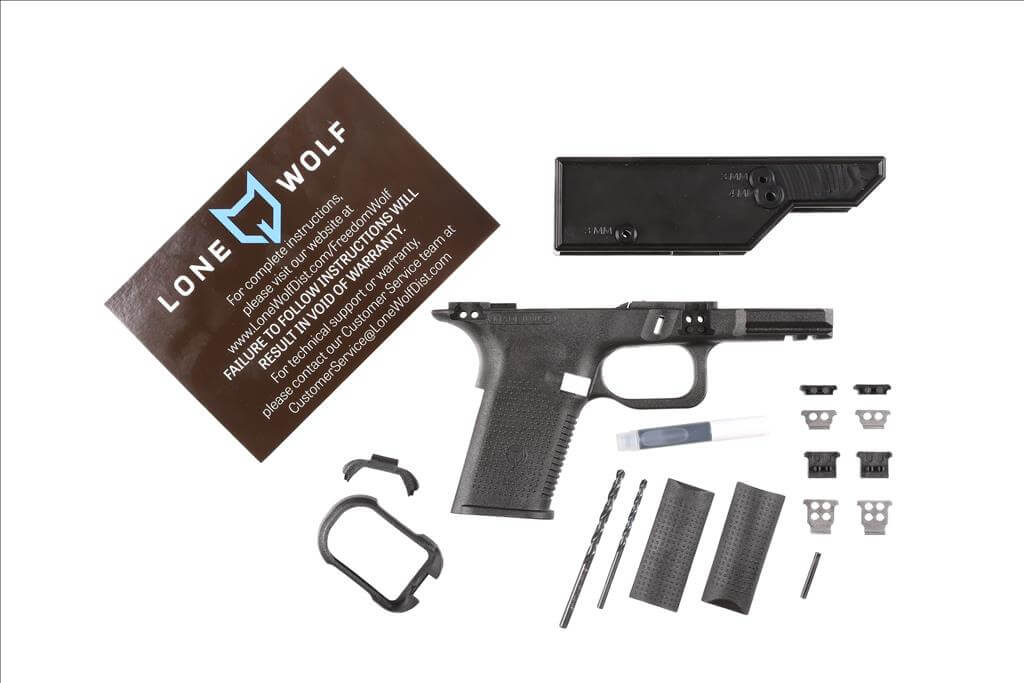
Trigger manipulation is the most profound fundamental in shooting. A heavy and long double-action trigger pull can make it difficult to shoot accurately under stress even though they have great potential accuracy. For people with small hands, long trigger pulls require constant adjustment of the grip to gain leverage. People with big hands have trouble with sub-compact guns. This doesn’t encourage rapid shooting.
Many ranges offer rental guns. The best technique for checking handgun fit is to get a gun on the range, manipulate all the controls (right and left-handed) and then shoot it. If you can reach the controls without major changes in grip and manage the recoil, you have a viable candidate for your new pistol.
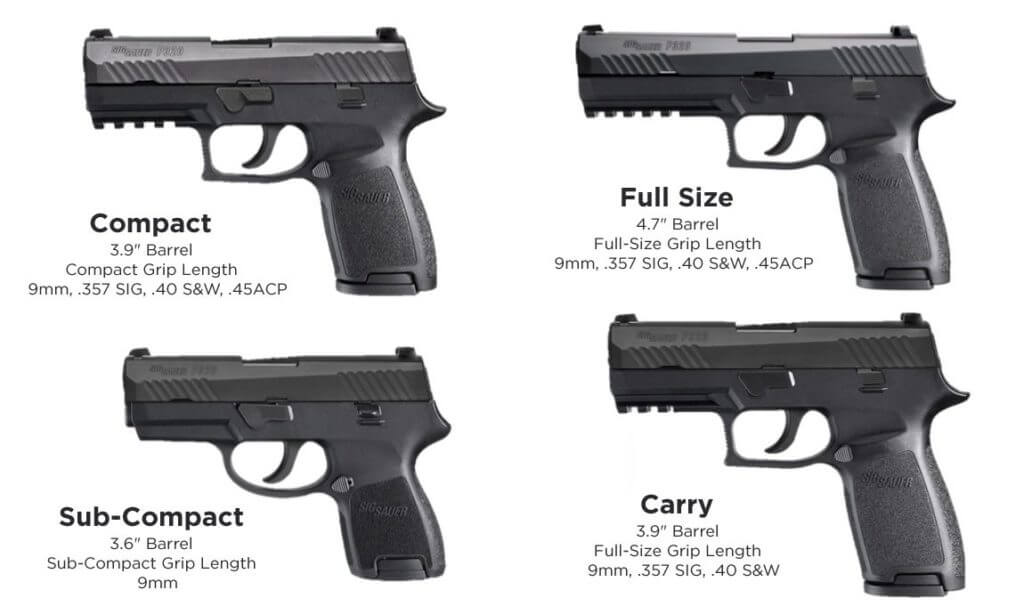
In the days of “Saturday Night Specials” cheap handguns fired small rounds and had little chance of hitting a man-sized target at 25 yards and a smaller chance of functioning long enough to empty a magazine. Modern custom pistols can shoot one ragged hole at 25 yards from a machine rest, and production handguns normally shoot head-sized groups. Your results may vary.
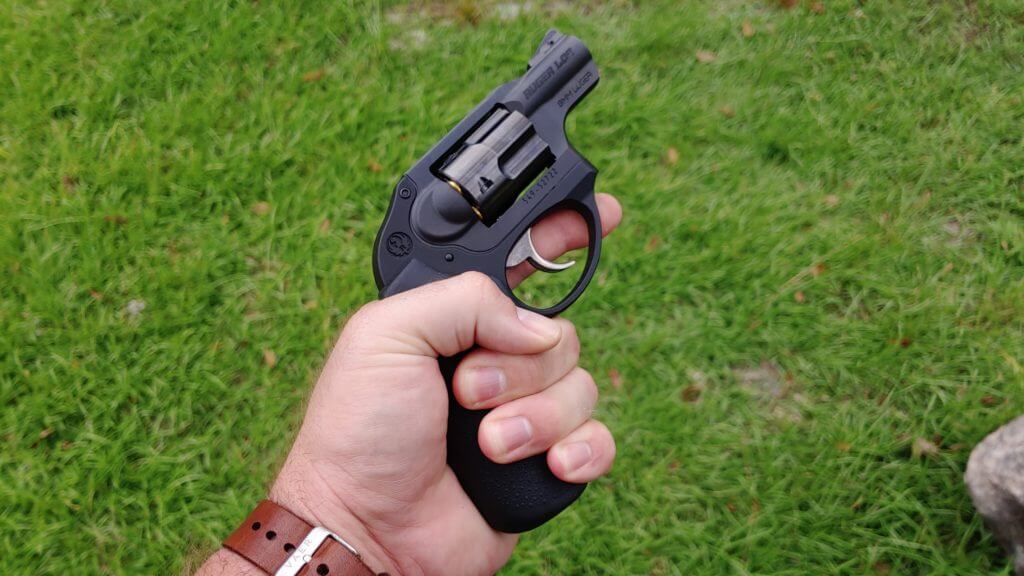
The Police Marksman Association conducted a study that examined 180 cases where the Law enforcement Officers WON the confrontation. The results:
– Average distance was 20 feet
– Average number of rounds fired: 3.5. This was dependent on caliber; .367 Magnum the average was 2.3 rounds and 9 mm it was 5.5 rounds, and other calibers fell in between these two figures
– Police Officers hit 61.5% of the time
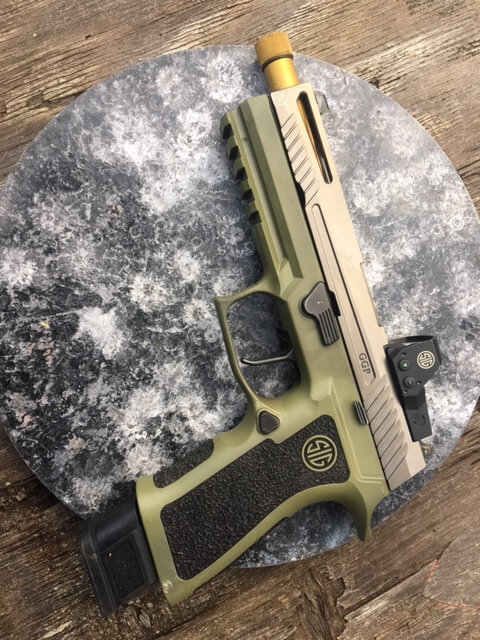
Civilians have similar distances in their confrontations. If someone is going to steal your wallet or try to rape you, they have to get close. They will try to approach without alarming their prey and will not become threatening until they are within conversational distances.
At typical shootout distances, most guns on the market have the mechanical accuracy to hit the vital areas of a threat. The bad news is that potential mechanical accuracy may not translate into hits on a threat under stress.
I want a quality gun that has high potential accuracy and high reliability. With modern manufacturing techniques, accuracy and reliability are not polar opposites; both are possible in the same gun. If forced to choose, I prefer reliability over accuracy.
A handgun that shoots a smaller group than another handgun with the same ammunition is likely to have been made with more precision. An accurate handgun is not necessarily less reliable. Closer tolerances come from quality manufacturing. This quality translates into consistent lock-up and accuracy. Making a precision weapon that works reliably is harder and generally more expensive.
Short barreled handguns can be as accurate as or better than long barrels when fired from a rest, but there are two other critical issues. The longer the barrel, the faster the bullet goes, imparting more energy. Long barreled guns provide a longer sight radius and often balance better. If the gun becomes so big that you will not carry it, those advantages are moot.
To be useful, a handgun must be capable of stopping a hostile human from doing us or others physical harm. We need bullets of sufficient energy to penetrate to the brain or spine for instant incapacitation, or into the heart or major blood vessel to produce a quick stop.
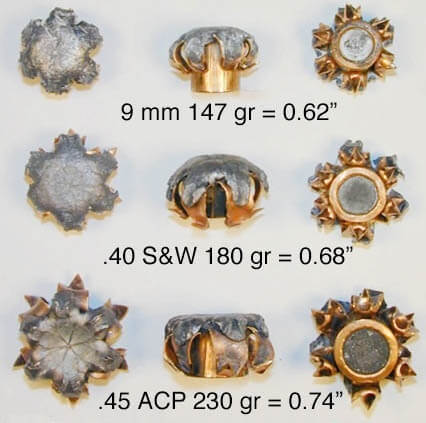
Based on my examination of ballistic data, I believe that modern hollow point ammo in calibers 9mm and above offers sufficient energy to use on feral human threats. Anything less may have poor outcomes. Carefully select defensive ammo. Shoot enough of your selected ammo to make sure it is accurate and reliable in YOUR handgun.
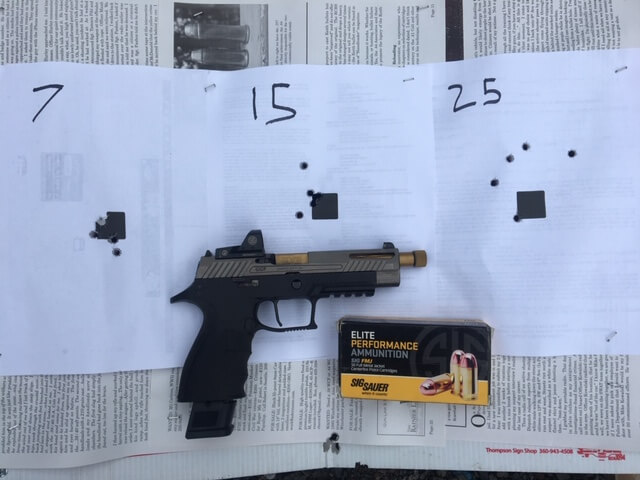
Target shooting doesn’t predict performance in defensive shootings. Reality-based training using Simunitions or airsoft is more relevant. If money is short, buy a factory gun and high-quality training. Stress can translate into poor trigger control and poor aim.
Human threats don’t have scoring rings indicating vital areas. Your ignorance of human anatomy may negate the potential accuracy of your gun. If someone is attacking you, you will probably move. Threats tend to move too, especially if you pull a handgun out and start shooting. Sight alignment and point shooting become significantly harder when we add movement or other tasks like blocking or receiving punches. Even with great marksmanship abilities, people miss close, large targets in real fights, sometimes missing completely.
To sum it up:
Most American factory guns are accurate and reliable enough out of the box for defensive shooting.
Get the best gun you can afford to train with. Quality is expensive.
Carefully select a gun with an adequate caliber that fits your hands and is small enough that you will carry it.
Train with your chosen gun and ammo.
Get reality-based training.
Make friends.


I liked the article.
My problem is that I like a short barrel so I can fit the gun in my pocket. If it’s not unobtrusive, it would be counter-productive to carry it, everybody would assume I’m a bad guy and panic. We have so many so-callled “gun-free zone” shops, stores and restaurants around here a large gun would only get you into trouble just carrying it.
Although I’d like a short barrrel so I could get it out of my pocket without it snagging, I have large hands. I shoot with both hands on the grip because it’s steadier that way and easier to aim accurately, but all the smaller handguns I’ve seen, not only is the barrel short, but in every case the grip is tiny as well.
I don’t see how I could get both hands on a grip as tiny as the compact guns I’ve seen have. Is there any compact gun with a normal size grip? As long as one end is short enough, preferably the barrel, I shouldn’t have any trouble deploying the gun. Any suggestions?
The best solution have found (this me choosing for me) is the SIG P365XL. It is the smallest gun that can hold properly. The Glock 48 is a similar size. The thin profile makes these guns easier to conceal than double stacks. I would suggest that you find the smallest gun you can shoot well and go o snaller.
Great article from someone who walked the walk and still walks the walk with sharing the facts of pistols, rounds, dispelling myths and what matters. Loved the pistol choice analogies (Jordan’s sized 14 Air Jordan’s was the best). Thank you for your sacrifices and service to our beloved country.
Thank you Scott. I just want people to get the best gun they can afford. I have learned some of this stuff the hard way and listened to a bunch of old wives tales over the years. If I can get out a little truth now and again I do what I can.
In the New England area, back in the 50’s & 60’s, the Mob’s gun of choice was a .22 LR Ruger Mark One, Tactic was to get close and empty the full magazine into the head/face. The early Mark Ones could be modified to fire in full auto mode by the Mob, and (9) .22 LR rounds in the face would typically enter the skull, but not have enough power to exist. When a friend’s Ruger was stolen, it was thought he was someone that was modifying them to full auto. Thankfully, he was latter found innocent.
Daniel Tice
A .22lr round in the eye socket or nose can absolutely kill, but it is unpredictable. Because of their low mass, 22’s don’t always penetrate. There are many variables, some parts of the skull are thin and flat like the temple. The forehead is strong, rounded and pretty thick. I know one case where a 9mm failed to penetrate the forehead. For self defense, I don’t want a maybe.